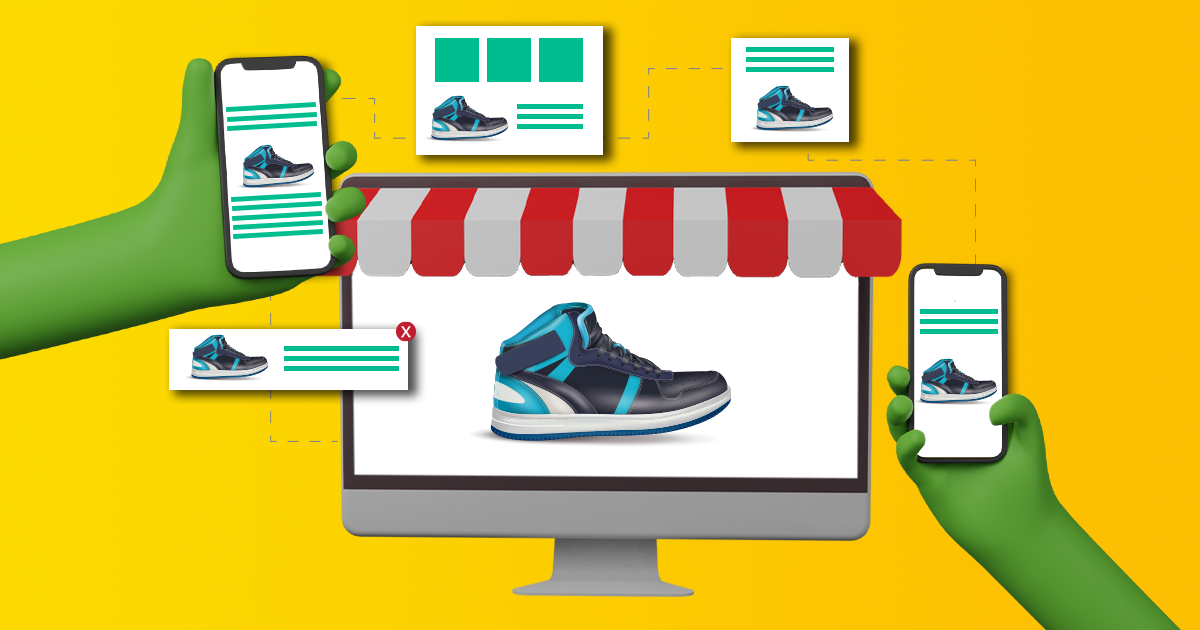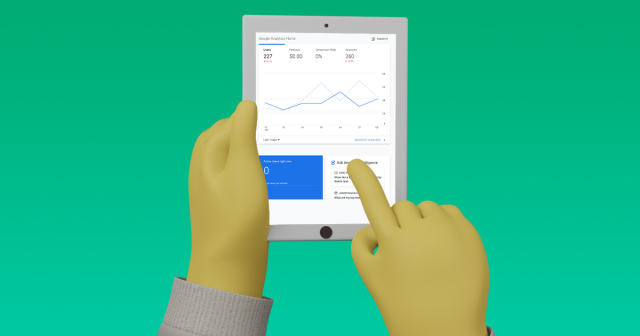
12 April 2021 | 3 Minute(s) to read
Have you noticed a drop off in your online conversions lately? Perhaps you’ve seen a dip in sales, or maybe the phones have been a little quieter than usual.
With the ever-evolving trends, purchasing habits and increased competition - this isn’t uncommon and we’re here to help with a couple of sneaky tricks of the trade.
Tip 1: Always start by deep diving into the world of Google Analytics
If those two words ‘Google Analytics’ make your skin shiver a little - we’re here to positively assure you that it’s actually not so bad. If used correctly and regularly – Google Analytics is an extremely intelligent reporting system that will assist you in truly understanding your website’s overall performance and how your customers are using your site.
Being exposed to this level of information can really change and shape the way you market to your consumers. We encourage you to stay in check with analysing your website’s performance regularly and utilising all the free Google Analytics training tools available to you, which can be found here.

Google Analytics will help you dive into your customer behaviours, viewing invaluable information such as who’s visiting, where on the website they’re visiting and exactly where they’re dropping off. These are called exit pages and they offer you a lot of insight as to where to focus your marketing efforts when it comes to a drop in sales.
Say, for example the data is showing a significant percentage of people are exiting your website after they’ve placed an item in their cart but before they’ve completed the purchase. This is telling us that the customer has an intent to buy, however needs a liiiittle more persuading before signing on the dotted line.
Tip two: Crank that remarketing (aka re-targeting)
With brick-and-mortar stores, sadly, when a customer leaves the store without buying - it’s extremely hard (well, impossible) to target them specifically and entice them back into the store to purchase. In the online world however, it’s a completely different story.
Let’s put this into context. Have you ever found yourself browsing your favourite online shoe store, only to find minutes after exiting it, that you’re being served very specific ads, showcasing the exact shoes you were looking at, across a number of different websites.
Some call it spooky. We call it remarketing.
Remarketing (similarly known as re-targeting) allows businesses to target consumers who have already visited their website, serving them specific ads to either remind, or entice the user back to purchase.
Remarketing is an excellent tool to assist with conversion, particularly for an e-commerce business. A dynamic display ad is a common form of remarketing. These are image ads that are automatically generated and served by Google. These are personalised to the user by showcasing previous products or content that they’ve looked at on your website.

Tip 3: Utilise Personalised Emails
Personalised emails can also be used to entice users back to your site to complete their purchase. With integrated email software, you have the ability to target abandoned cart users with an auto-generated email.
Using key messages with light-hearted humour, such as ‘Wait up – you forgot something’ or, ‘We’re still thinking about you, too’ can be used as reminders to prompt the user back to you.
If a few weeks pass by, you could always look to re-target them again with a promotional code or offer to further entice them back to your online store to finish what they started!
